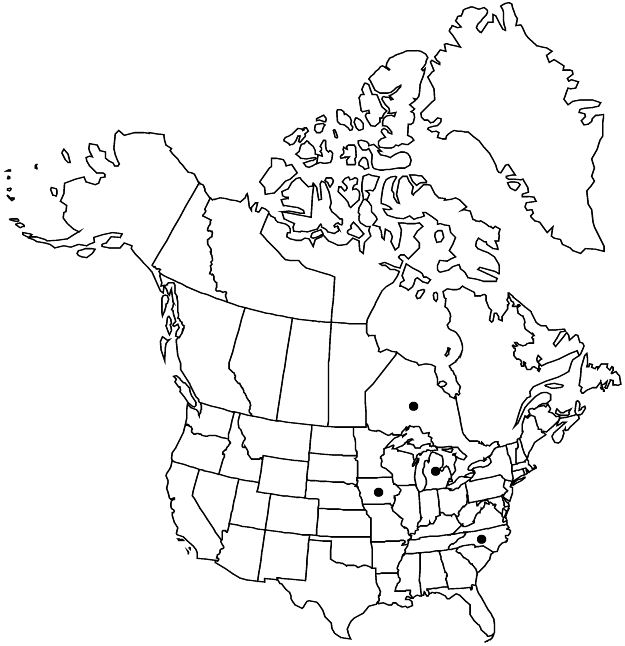Prunus glandulosa
in J. A. Murray, Syst. Veg. ed. 14, 463. 1784.
Shrubs, suckering, 5–20 dm, not thorny. Twigs with terminal end buds, glabrous. Leaves deciduous; petiole 1–6 mm, hairy on adaxial surface, eglandular; blade narrowly elliptic to oblong-lanceolate, 2.5–9 × 0.9–2.5 cm, base cuneate to obtuse, margins crenulate-serrulate, teeth blunt, glandular, apex acute to acuminate, abaxial surface glabrous or slightly hairy along midribs and veins, adaxial glabrous. Inflorescences solitary flowers or 2-flowered fascicles. Pedicels 6–15 mm, glabrous or sparsely puberulent. Flowers blooming at leaf emergence; hypanthium campanulate, 2–3 mm, glabrous or sparsely puberulent externally; sepals spreading to reflexed, ovate, 2.5–5 mm, margins glandular-toothed, ± ciliate, surfaces glabrous or sparsely puberulent; petals 25+, white or pink, elliptic to narrowly elliptic, 8–11 mm; ovaries glabrous. Drupes reddish, subglobose, 10–15 mm, glabrous; mesocarps fleshy; stones subglobose, not flattened.
Phenology: Flowering Mar–May.
Habitat: Roadsides, fencerows, abandoned plantings
Elevation: 0–400 m
Distribution

Introduced; Ont., Iowa, Mich., N.C., e Asia (China), e Asia (Japan)
Discussion
Double-flowered cultivars of Prunus glandulosa, which lack stamens and carpels, are commonly planted as foundation shrubs and in borders. Although the plants are attractive in bloom, some horticulturalists consider them of little ornamental value otherwise.
Selected References
None.